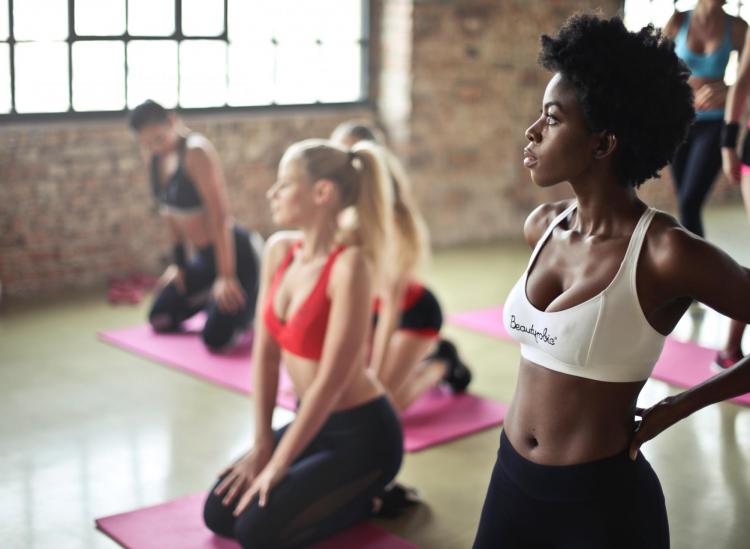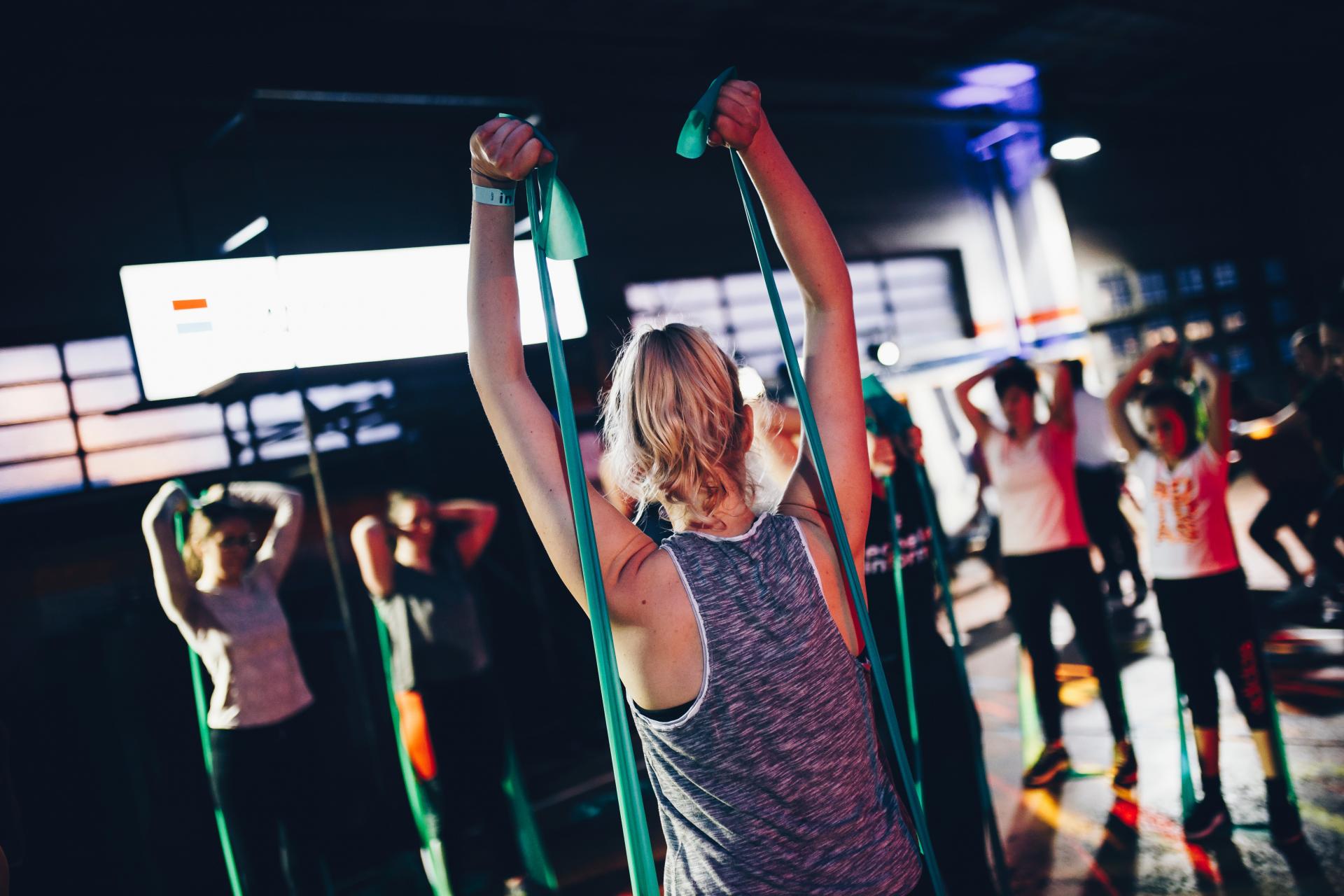When You Should Listen To Your Body Instead Of Your Fitness Instructor

Unsplash/Bruce Mars
Group fitness classes are having a major moment. From HIIT to boot camp to indoor cycling to yoga, there seems to be a class that just about anyone can enjoy, regardless of their fitness level or general interest in exercise. And while this structure does a good job of catering to the masses, it can sometimes miss the mark when it comes to individual care and attention.
It’s the instructor’s job to guide the entire class (often as many as 50 people at the same time) safely through the workout and make it fun in the process. But it can be awfully hard to tend to the needs of that many individuals simultaneously. After all, a person only has two eyes. So you have your own responsibility when joining a group fitness class to tune into your body and, on occasion, listen to yourself more than your instructor’s cues. Here are a few instances when you’re better off following the beat of your own drum in the workout room.
You’re just getting back into the swing of things.
If you haven’t hit the gym in a while, it’s best to take it a little slower on your first day back so you can get your muscles and joints accustomed to intense movements again without overdoing it and possibly hurting yourself. Plus, going too hard right out of the gate can lead to some serious lactic acid buildup and delayed-onset muscle soreness that will make you so sore that you’ll be tempted to skip your next few workout sessions in the name of recovery. Not exactly effective.

Unsplash/Geert Pieters
You’re nursing an injury.
This one sounds like common sense, but you’d be amazed by how many people still attempt jump squats when dealing with IT band syndrome or power through triceps dips when they have a case of bursitis in one of their elbows. If you’re currently not 100 percent functional with a joint or muscle group, avoid using it in your fitness classes until you’ve fully recovered or have the go-ahead from your doctor. No one wants to end up in more pain after trying to take better care of themselves.
You have a medical condition that your instructor doesn’t know about.
Typically, we suggest having a little one-on-one chat with your instructor before class starts to privately clue them into what you’re dealing with, but we understand that you don’t always feel comfortable sharing those personal details. So if you’re unwilling to flag your limitations for your instructor in the beginning, you need to take control of your own body and set those boundaries while moving through the workout. Whether you’re facing scoliosis in a yoga class or a kneecap that likes to dislocate itself when you’re doing CrossFit, follow your own lead.
Something “just doesn’t feel right.”
Maybe you’re coming down with a cold and starting to run a fever. Maybe you just started your period and your cramps are totally overwhelming your abdominal area. Hell, maybe you stayed out way too late drinking last night so you’re tired, hungover and dehydrated. Whatever the case may be, if the exercise you’re being asked to do generally feels “off” in your body, stop doing it. Fine tune that mind-body connection to understand the difference between discomfort that’s helping you progress and pain that’s unnecessary, and lean into the former as you avoid the latter.
RELATED
These Are The Best Types Of Exercise For Your Body Type
This Is Why Exercise Can Make You Feel Like Crying Your Eyes Out
These Low-Impact Lower Body Strength Exercises Will Save You From A World Of Pain











